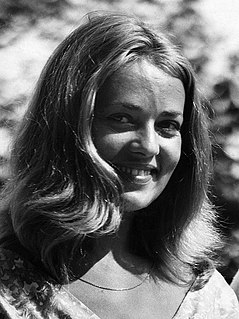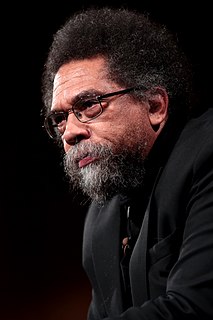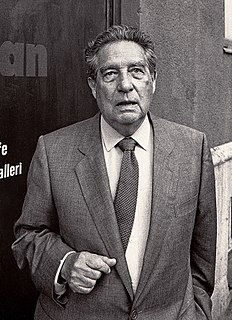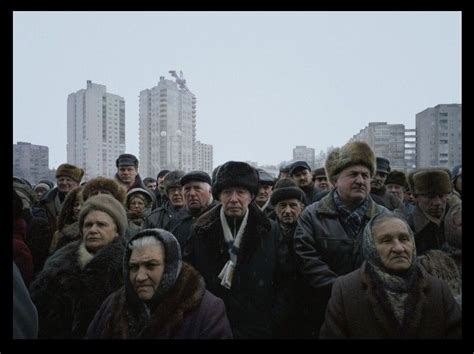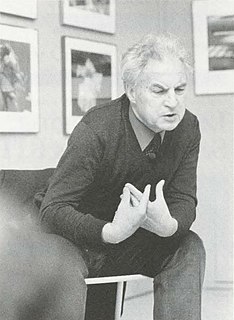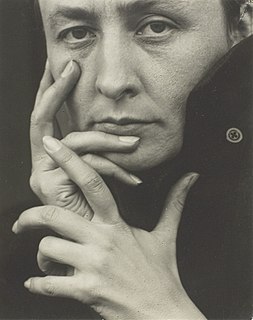A Quote by Marcel Duchamp
In the 'Nude Descending a Staircase,' I wanted to create a static image of movement: movement is an abstraction, a deduction articulated within the painting, without our knowing if a real person is or isn't descending an equally real staircase.
Related Quotes
In less than a century we experienced great movement. The youth movement! The labor movement! The civil rights movement! The peace movement! The solidarity movement! The women's movement! The disability movement! The disarmament movement! The gay rights movement! The environmental movement! Movement! Transformation! Is there any reason to believe we are done?
Christianity is no mere scheme of doctrine or of ethical practice, but is instead a kind of miracle, a power out of nature and above, descending into it; a historically supernatural movement on the world, that is visibly entered into it, and organized to be an institution in the person of Jesus Christ.
I wanted to live in the suburbs and have a white picket fence and my own bedroom. And a staircase - I thought having a staircase meant that you were a normal family. I thought somehow if you could transplant us to the suburbs, we would become a normal family. But in retrospect, I'm so grateful I grew up in the Chelsea.
To express dynamic motion through a static moment became for me limited and unsatisfactory. The basic idea was to liberate myself from this old concept and arrive at an image in which the spectator could feel the beauty of a fourth dimension, which lies much more between moments than within a moment. In music one remembers never one tone, but a melody, a theme, a movement. In dance, never a moment, but again the beauty of a movement in time and space.




